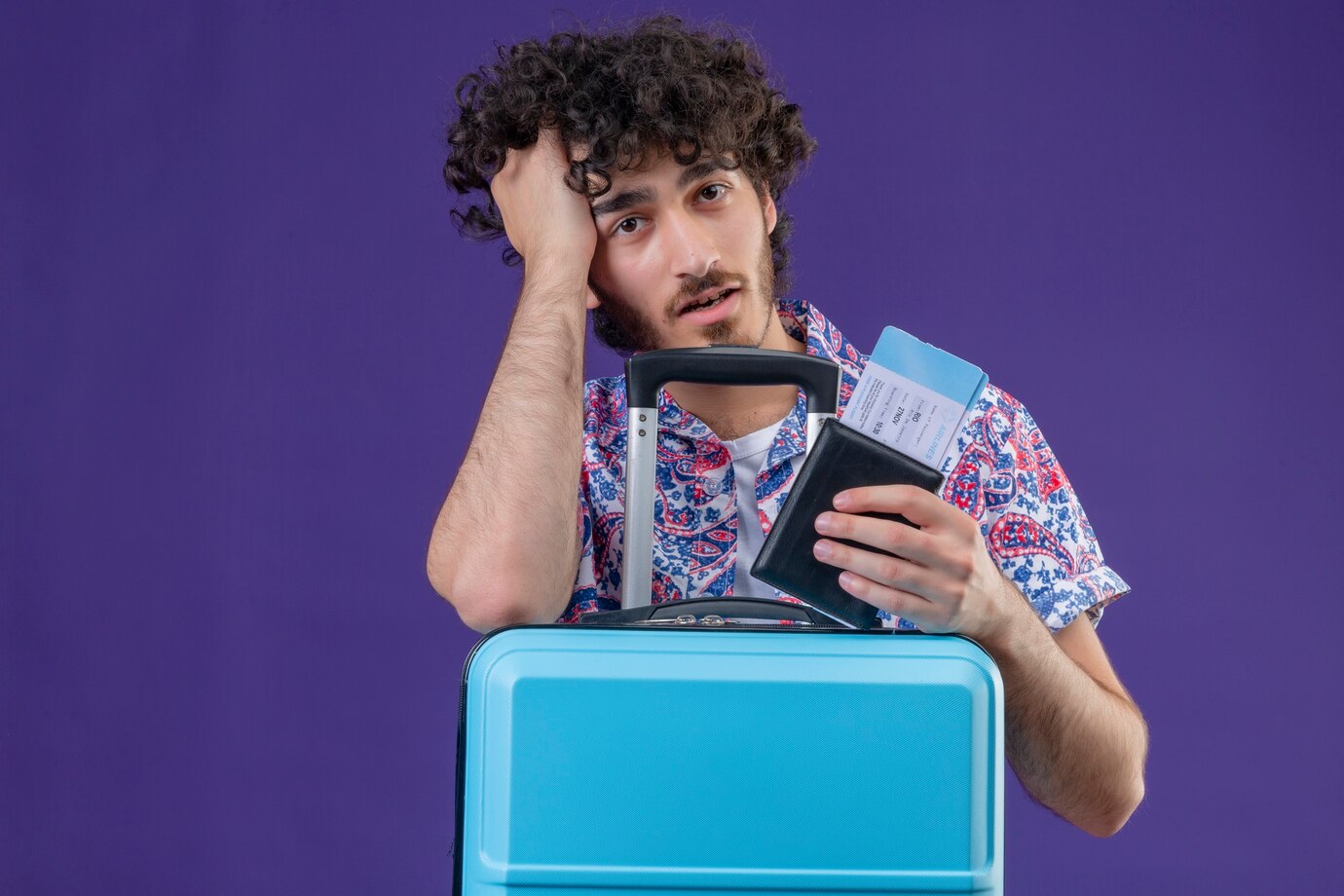Dreaming of foreign shores and exotic adventures? Before you jet-set away, don’t trip over a common travel hurdle: the dreaded online passport photo submission. While the thrill of a new stamp in your passport might be close at hand, a single mistake can cause delays and throw a wrench in your wanderlust. Fear not, globetrotters! This guide navigates the treacherous waters of digital photo submissions, revealing the hidden reefs and off-course currents to steer clear of.
Understanding the Passport Photo Requirements
Before embarking on the process of submitting your passport photo online, it is imperative to gain a comprehensive understanding of the specific requirements imposed by the relevant authorities. Passport photo guidelines vary between countries, but they typically share fundamental elements designed to enhance identification accuracy and security measures.
The first aspect to consider is the size of the passport photo. Different countries have distinct size specifications, and it is crucial to adhere to these dimensions precisely. Commonly, passport photos are required to be 2 inches by 2 inches or 35mm by 45mm. Deviating from these dimensions may result in the rejection of your application.
Equally important is the background color of the photo. Most passport regulations stipulate a plain, light-colored background, commonly white or off-white. The purpose of this requirement is to ensure a clear contrast between the subject’s face and the background, aiding in facial recognition technology.
Facial expression is another critical element often overlooked. Passport photos necessitate a neutral facial expression, meaning a relaxed face with the mouth closed. Smiles or frowns are generally discouraged, as they can interfere with the standardization required for biometric identification.
Additionally, headwear and accessories must align with specific guidelines. While religious head coverings are usually permitted, they must adhere to certain criteria to avoid obstructing facial features. Accessories that obscure the face or create shadows should be avoided.
Glasses can be worn in passport photos, but they must not obstruct the eyes, and there should be no reflections or glare. Sunglasses and heavily tinted glasses are typically not allowed, as they hinder the visibility of the eyes, which are crucial for identification.
In essence, comprehending and meticulously adhering to these passport photo requirements is the foundation for a successful online submission. Neglecting these details may lead to delays, rejections, or the need for a resubmission, underscoring the importance of a thorough understanding of the specifications outlined by the relevant authorities.
Mistakes to Avoid
Navigating the process of submitting a passport photo online requires meticulous attention to detail to prevent common mistakes that could potentially lead to delays or rejections. Here are some critical aspects to consider:
- Inappropriate facial expressions: One of the most common errors is failing to maintain a neutral facial expression. Passport photos necessitate a calm and relaxed face, with the mouth closed. Smiles or frowns can interfere with facial recognition technology and are generally discouraged.
- Incorrect background color: Another frequent mistake is neglecting the background color requirement. Passport photo guidelines typically specify a plain, light-colored background, such as white or off-white. Textured or patterned backgrounds are to be avoided as they can compromise the clarity of the image.
- Headwear and accessories: Many individuals make mistakes related to headwear and accessories. While religious head coverings are usually allowed, it is crucial to ensure they meet specific criteria and do not obscure facial features. Similarly, accessories that cast shadows or cover portions of the face should be avoided.
- Glasses and reflections: Wearing glasses is permitted in passport photos, but they must not obstruct the eyes, and there should be no reflections or glare. Sunglasses and heavily tinted glasses are generally not accepted, as they impede the visibility of the eyes.
- Image quality: Submitting low-quality photos is a common pitfall. Blurry, pixelated, or poorly lit images can lead to rejection. It is essential to ensure the photo is clear, well-lit, and meets the resolution requirements outlined in the guidelines.
| Mistake | Consequence | Tips and Solutions |
| Inappropriate facial expressions | Interference with facial recognition technology | Ensure a neutral expression; avoid smiles or frowns |
| Incorrect background color | Compromised clarity and identification | Use a plain, light-colored background as per guidelines |
| Headwear and accessories | Obscured facial features, non-compliance | Verify specific criteria for acceptable head coverings |
| Glasses and reflections | Obstructed eyes, reflections or glare | Ensure glasses do not obstruct eyes; avoid reflections |
| Image quality | Rejection due to poor resolution or clarity | Use high-resolution, well-lit photos; avoid pixelation |
Common Technical Mistakes
In the realm of submitting passport photos online, technical aspects play a pivotal role in determining the success of your application. Avoiding common technical mistakes is vital to ensure the image meets the stringent requirements set forth by authorities. Here’s a closer look at these technical pitfalls:
- Incorrect dimensions and size: One prevalent mistake is submitting a photo with dimensions or file size that deviates from the specified requirements. Different countries may have distinct size specifications, such as 2 inches by 2 inches or 35mm by 45mm. Failure to adhere to these dimensions precisely can result in the rejection of your application.
- Compression artifacts: When compressing the image file to reduce its size, users often inadvertently introduce compression artifacts. These artifacts can lead to a loss of image quality, making facial features less distinct. It is crucial to find a balance between achieving an acceptable file size and maintaining the clarity and sharpness of the photo.
- Cropping issues: Cropping the photo incorrectly is a common technical mistake. Guidelines often dictate that the head and shoulders should be centered in the frame, with no parts of the face cut off. Failing to adhere to these specifications may result in a photo that does not meet the necessary criteria for identification.
- Digital alterations: Some individuals attempt to digitally enhance or alter their passport photos. However, such manipulations are generally not allowed and can lead to the rejection of the application. It is essential to submit a photo that accurately represents your natural appearance without any digital alterations.
Solutions and Tips
Encountering mistakes during the passport photo submission process doesn’t have to be a roadblock. By understanding the common issues and implementing practical solutions, you can navigate the process more effectively. Here are detailed solutions and tips for addressing potential challenges:
Incorrect dimensions and size:
- Solution: Before capturing or selecting a photo for submission, review the official guidelines provided by the relevant authorities. Ensure that the dimensions match the specified requirements.
- Tip: Utilize online tools or mobile applications designed for creating passport photos. These tools often have built-in features to set the correct dimensions automatically.
Compression artifacts:
- Solution: When compressing the image, use a moderate compression level to reduce file size without compromising image quality. Many image editing software and online tools allow users to control compression settings.
- Tip: Save the photo in a widely supported format such as JPEG, but be cautious not to sacrifice too much quality. Aim for a balance between file size and image clarity.
Cropping issues:
- Solution: Carefully follow the guidelines for cropping provided by the authorities. Ensure that the head and shoulders are centered in the frame, with no parts of the face cut off.
- Tip: Use online cropping tools or photo editing software that provides gridlines and alignment guides. This helps ensure precise cropping according to the specified requirements.
Digital alterations:
- Solution: Avoid any digital enhancements or alterations to the photo. Submit a natural and unaltered image to comply with the strict standards set by passport authorities.
- Tip: Choose a professional photographer who is familiar with passport photo requirements. Professionals are less likely to introduce unintended alterations during the photography process.
By incorporating these solutions and tips into your passport photo submission process, you can significantly reduce the likelihood of encountering technical issues. Consistency with official guidelines, proper use of digital tools, and attention to detail will contribute to a successful application and a hassle-free experience. Remember that accuracy is paramount in passport photos, and adherence to guidelines ensures a smooth and efficient process.

